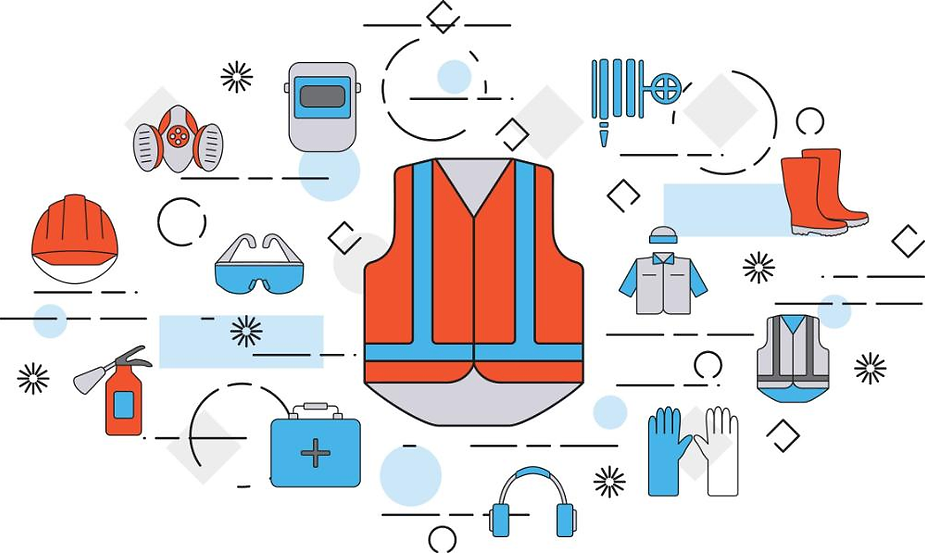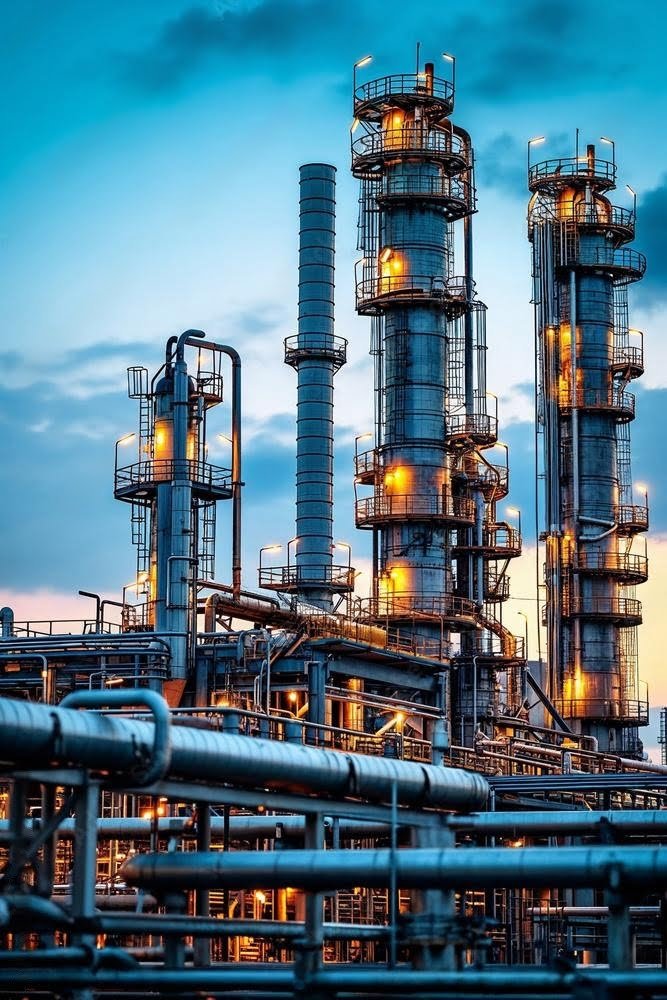Working with Exotic Metals: Fabrication Techniques and Safety Tips

Fabrication Techniques:
1. Machining:
Machining is a common fabrication technique used to shape exotic metals into precise components and parts. This process involves removing material from a workpiece using cutting tools such as drills, lathes, and milling machines. Exotic metals, with their high hardness and strength, require specialized cutting tools and techniques to achieve accurate results without compromising the integrity of the material.
2. Welding:
Welding is another essential fabrication technique for joining exotic metal components together. Techniques such as gas tungsten arc welding (GTAW) and laser welding are often used for exotic metals like titanium, stainless steel, and nickel alloys. Welding exotic metals requires meticulous control of heat input and shielding gases to prevent oxidation and ensure high-quality welds with minimal distortion.
3. Brazing:
Brazing is a process used to join exotic metal components using a filler metal with a lower melting point than the base metal. This technique is particularly suitable for joining dissimilar metals and delicate components where high heat input may cause distortion or damage. Brazing provides strong, leak-tight joints and is commonly used in applications such as heat exchangers, aerospace components, and medical devices.
Safety Precautions:
1. Ventilation:
When working with exotic metals, proper ventilation is essential to remove fumes and gases generated during fabrication processes such as welding and brazing. Ventilation systems should be in place to ensure a safe working environment and prevent exposure to hazardous fumes, such as those containing chromium or nickel.
2. Personal Protective Equipment (PPE):
Workers handling exotic metals should wear appropriate personal protective equipment (PPE) to minimize exposure to hazards. This may include safety glasses, face shields, gloves, aprons, and respiratory protection, depending on the specific hazards present in the workplace.
3. Training and Education:
Proper training and education are critical for workers involved in fabricating exotic metals. Employees should receive training on safe work practices, hazard identification, emergency procedures, and the proper use of equipment and PPE. Regular refresher training and ongoing education are essential to ensure that workers remain informed and up-to-date on best practices.
4. Hazardous Material Handling:
Exotic metals may pose health hazards due to their composition or the by-products generated during fabrication processes. It is important to handle these materials with care, follow safety data sheets (SDS) and manufacturer instructions, and implement proper storage, handling, and disposal procedures to minimize risks to health and the environment.
Working with exotic metals requires specialized skills, techniques, and safety precautions to ensure both quality fabrication and the protection of workers’ health and safety. By employing proper fabrication techniques, such as machining, welding, and brazing, and implementing robust safety protocols, industries can harness the unique properties of exotic metals while mitigating potential health hazards and ensuring a safe working environment for all.
Learn More
For more information on our sustainable practices and equipment offerings, visit our pages on Reactors and Autoclaves, Process Vessel and Tanks, Hydrogenators, Pilot Plant Systems, Distillation Columns, Heat Exchangers and Condensers, and Large Size Pipe and Pipe Fittings.
Check out this Embracing Sustainability: The Eco-Friendly Applications of Exotic Metals
Check out this: The Price of Rarity: Factors Affecting the Cost of Exotic Metals
Check out this: Embracing Sustainability: The Eco-Friendly Applications of Exotic Metals
Check out this: The Importance of Material Selection in Chemical Equipment Manufacturing
Check out this: Pioneering the Future of Mining: Extracting Exotic Metals Sustainably
Check out this: The Role of High-Quality Reactors in Pharmaceutical Manufacturing
Check out this: The Future of Exotic Metals in Emerging Applications and Technological Advancements
Check out this: Ensuring Reliability: The Critical Role of Quality Assurance in Large Size Pipe and Pipe Fittings
Check out this: Working with Exotic Metals: Fabrication Techniques and Safety Tips

